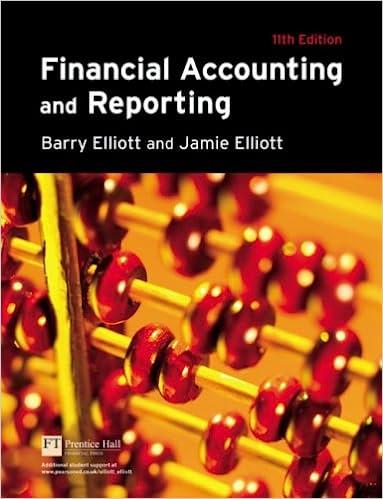






Paper Company acquired 100 percent of Scissor Company's outstanding common stock for $370,000 on January 1 , 20X8, when the book value of Scissor's net assets was equal to $370,000. Accumulated depreciation on this date was $24,000. Paper uses the equity method to account for investments. The following trial balance summarizes the financial position and operations for Paper and Scissor as of December 31, 20X9: (Assume the company prepares the optional Accumulated Depreciation Elimination Entry.) Required: a. Prepare any equity method journal entry(ies) related to the investment in Scissor Company during 20X9. (If no entry is required for a transaction/event, select "No journal entry required" in the first account field.) Journal entry worksheet Record Paper Co.'s 100\% share of Scissor Co.'s 209 income. Note: Enter debits before credits. Journal entry worksheet Record Paper Co.'s 100\% share of Scissor Co.'s 209 dividend. Note: Enter debits before credits. b. Prepare a consolidation worksheet for 209. (Values in the first two columns (the "parent" and "subsidiary" balances) that are to be deducted should be indicated with a minus sign, while all values in the "Consolidation Entries" columns should be entered as positive values. For accounts where multiple adjusting entries are required, combine all debit entries into one amount and enter this amount in the debit column of the worksheet. Similarly, combine all credit entries into one amount and enter this amount in the credit column of the worksheet.) \begin{tabular}{|l|l|l|l|l|l|l|} \hline Statement of Retained Earnings & & & & & \\ \hline Beginning balance & & & & \\ \hline Net income & & & & \\ \hline Less: Dividends declared & & & & \\ \hline Ending Balance & & & & & \\ \hline & & & & \\ \hline Balance Sheet & & & & \\ \hline Assets & & & & \\ \hline Cash & & & & \\ \hline Accounts receivable & & & \\ \hline Inventory & & & \\ \hline Investment in Scissor Co. & & & \\ \hline Land & & & \\ \hline Buildings \& Equipment & & & \\ \hline Less: Accumulated depreciation & & & \\ \hline Total Assets & & & \\ \hline \end{tabular} \begin{tabular}{|l|l|l|l|l|l|} \hline Liabilities \& Equity & & & & \\ \hline Accounts payable & & & & \\ \hline Bonds payable & & & & \\ \hline Common stock & & & & \\ \hline Retained earnings & & & & \\ \hline Total Liabilities \& Equity & & & & \\ \hline \end{tabular}













